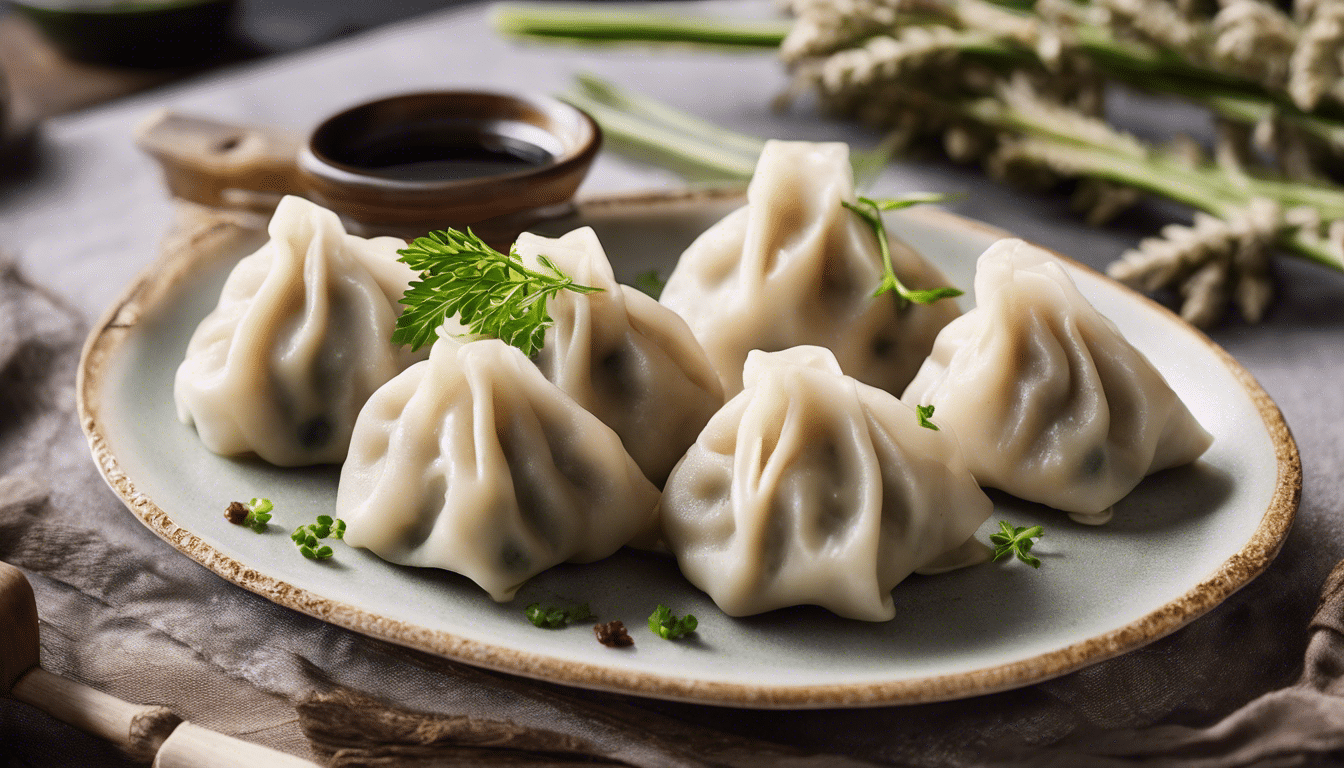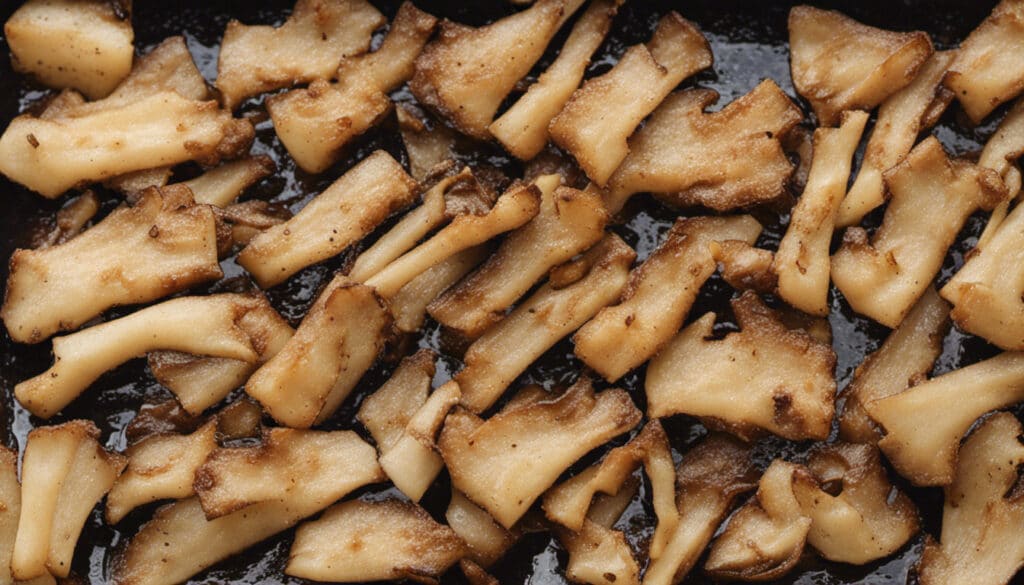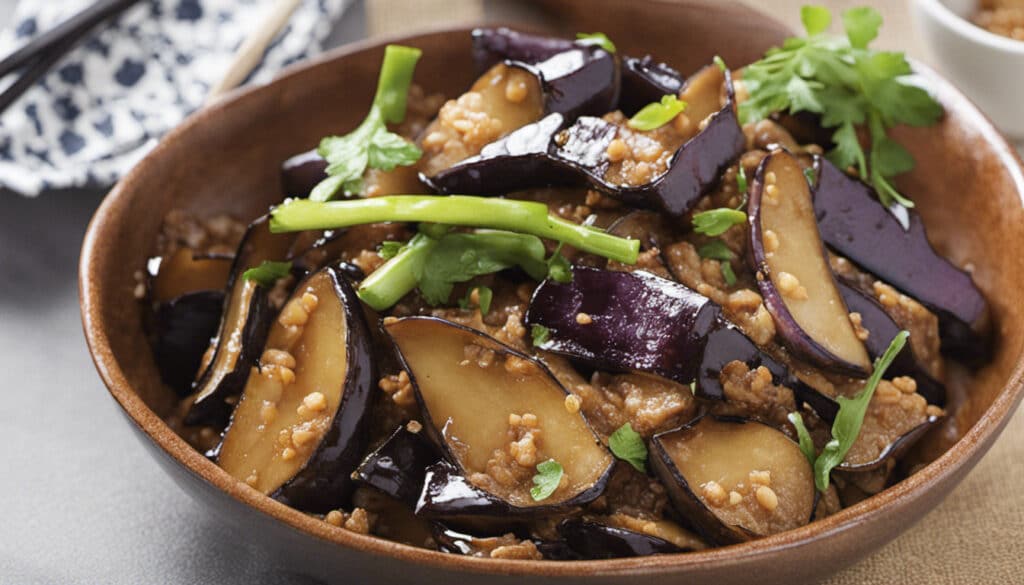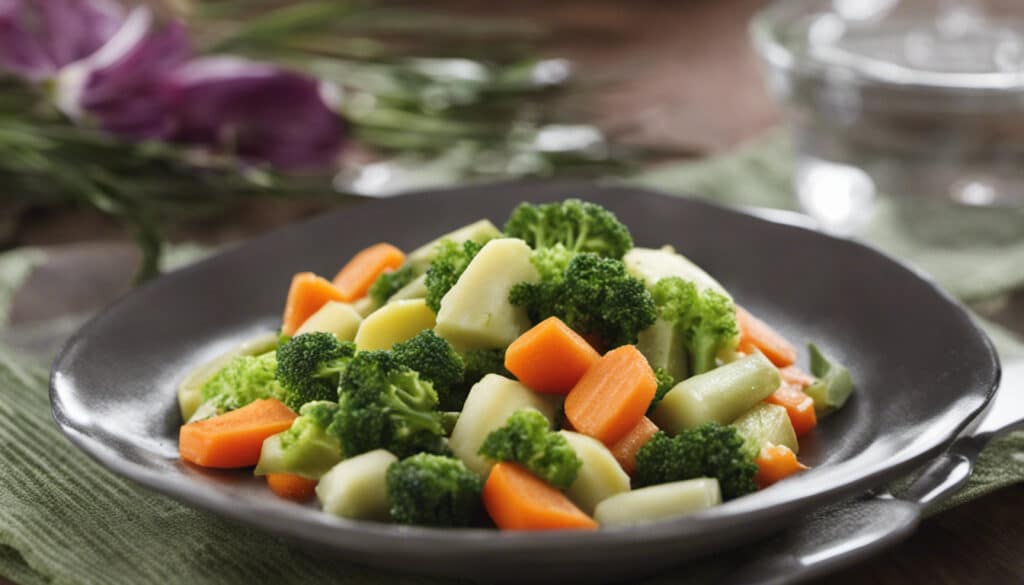| Prep: 20 mins | Cook: 15 mins | Difficulty: Medium | Serves: 6 |
| kcal | fat | saturates | carbs |
| 350 | 2g | 0g | 75g |
| sugars | fibre | protein | salt |
| 20g | 2g | 6g | 0.02g |
Why I Love Japanese Mugwort Dumplings
Spending my formative years surrounded by Nebraska’s expansive cornfields and the kind of comfort food that only a Midwestern Grandma can truly perfect, I was not expecting to fall head over heels for a Japanese dish called Mugwort Dumplings. Yet here I am, ready to pour my culinary heart out about these delightful little treats and showcase why I truly relish this recipe.
Going Global with My Taste-buds
A tad contradictory to my Midwestern upbringing, I always recognized and appreciated the allure of exploring diverse culinary planets. Being a food enthusiast, I believe that good recipes, much like good music, knows no geographical boundaries. It’s a concept wholly embraced by my cooking idol Chef Morimoto, whose aptitude for seamlessly blending Western and Eastern influences is nothing short of inspirational.
Just as I frequently experiment with the flavors of home, combining sweet corn, hearty beef, and wholesome dairy in consistently delightful ways, I was intrigued by the idea of stepping outside my usual fare and exploring the mystical world of Japanese cuisine. And this curiosity rewarded me with the recipe of Mugwort Dumplings.
A Harmonious Fusion
The star of this recipe, Mugwort, is an herbaceous perennial plant with a distinctive aroma, native to temperate Europe, Asia, northern Africa and Alaska. Touching upon the heartland essence, I couldn’t help but mention how the flavor of Mugwort, while unique, reminded me somewhat of the aromatic sage that grows back home. This unintentional connection between my childhood and my culinary present truly underscores the power of taste and scent to unfailingly connect us back to our roots.
Upon taking my first bite of a Mugwort Dumpling, the sweetness of red bean paste complements the slightly bitter taste of the mugwort leaves harmoniously. This sweet and bitter yin-yang piqued my interest, and I found myself reaching for one dumpling after another. They are reminiscent of the sweet dumplings often served as dessert in some Chinese banquets. If you’re as big a fan of mochi as I am, you’ll most likely fall in love with these too.
Boiled to perfection, the textural contrast between the slightly chewy outside enveloping a soft, gooey center creates an explosion of sensations in every bite. There’s something intrinsically comforting about this, something that echoes the heartiness of a good stew or casserole.
Incorporating Mugwort Dumplings into a Meal
These Mallard green delights may serve as an enchanting dessert following a savory sushi or ramen meal, or enjoy them with hot green tea for an afternoon of culinary tranquility. Go international on your dinner parties by serving classic, hearty Midwestern Beef Stew for the main course, and surprise your guests with this alluring Japanese dessert. The warm, savory stew followed by the mildly sweet dumplings will definitely create an unforgettable dining experience.
To sum it all up, the mugwort’s unique aroma, blended perfectly with the sweetness of the red bean paste, transports me as easily to the dense forests of Japan as the smell of cornbread baking in the oven does to my comfortable Nebraska kitchen. Thus, the wanderings of a Midwestern foodie allowed me a delicious foray into Japanese cooking with these magical Mugwort Dumplings.
What You’ll Need
- 2 cups of sweet rice flour
- 1 cup of dried mugwort leaves
- 1/2 cup of sugar
- 1 cup of water
- 1 cup of red bean paste
- 1 tablespoon of cornstarch
- 6 cups of water for boiling
Method
Step One:
First, soak the dried mugwort leaves in a bowl of water until they become soft. This should take about 30 minutes. Once soft, drain the water and blend the leaves in a food processor until it forms a fine powder.
Step Two:
In a mixing bowl, combine the sweet rice flour, sugar, and the mugwort powder. Gradually add 1 cup of water and knead the mixture until a dough forms.
Step Three:
Divide your dough into small pieces, about the size of a golf ball. Flatten each ball in the palm of your hand and place a spoonful of red bean paste in the center of each one. Fold the edges of the dough over to seal the bean paste inside, then gently roll it into a ball shape.
Step Four:
In a pot, bring 6 cups of water to a boil. Add the dumplings in batches, making sure not to overcrowd the pot. Boil the dumplings until they float, then continue boiling for about 5 more minutes.
Step Five:
Using a slotted spoon, remove the dumplings and set them on a tray. While they cool, dilute 1 tablespoon of cornstarch in a small amount of water.
Step Six:
Brush the cornstarch mixture onto the dumplings. This will give them a glossy finish and prevent them from sticking together. Once done, serve the dumplings warm and enjoy!




